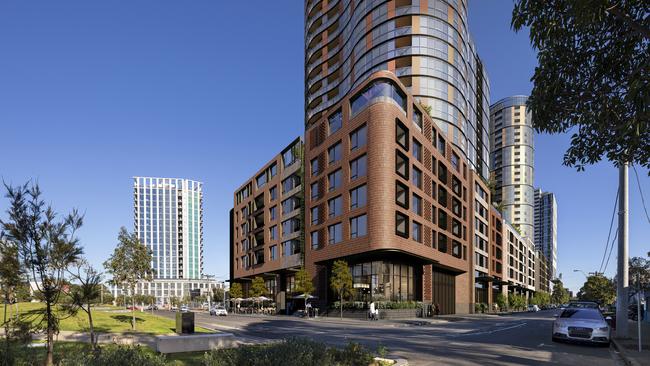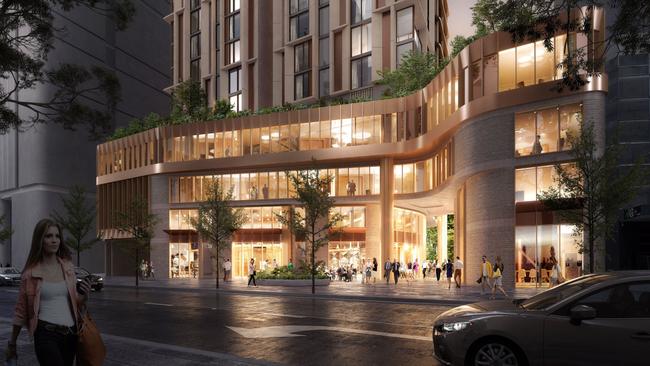UDIA plea to back build-to-rent supports to ease housing shortfall
Developers want to bring back a support scheme for build-to-rent, saying the sector can help address the growing affordable housing crisis.

Developers have warned that the federal government’s $10bn Housing Future Fund will not meaningfully impact the growing shortfall in affordable and social housing across Australia and have called for it to be used to back build-to-rent projects.
The new style of apartments are taking Melbourne by storm but their broader uptake has been limited, with barriers to supply preventing them from taking off, despite the housing crisis.
While the nascent sector has already attracted billions in offshore investment as big US property houses vie with local players for the best sites, policy makers have been urged to use the development industry’s capability and private capital, to help close the widening housing gap.
Big players include Greystar and Hines, which are developing in Melbourne, and local groups Mirvac, Home and Gurner which are also in Sydney.
The Urban Development Institute of Australia has called for governments to reform planning and finance systems to ensure that build-to-rent (BTR) is on par with traditional build-to-sell developments.
The call comes at a time when many unit schemes have stalled but the new style of renter directed assets is still moving.
“BTR can be delivered by the development industry at scale with implementation of reforms that level the playing field with build-to-sell housing,” UDIA national president Maxwell Shifman said.

A report from the group estimates that the Future Fund could be used to provide incentive to private and community housing providers to deliver about 21,000 social and affordable houses year on year, substantially more new dwellings than a direct development approach could get out of ground.
The call comes ahead of the National Housing Supply and Affordability Council’s review of the barriers to establishing build-to-rent projects.
The industry body is pushing for BTR development to be incentivised to cover the rental gap for private affordable BTR housing, by reintroducing a scheme like the National Rental Affordability Scheme, to help deliver more housing under the Future Fund.
The Rudd government’s NRAS scheme gave developers and community housing providers incentives to build new homes and rent them out for at least 20 per cent below market rents for a decade. But it was ended by the Abbott government in 2014 and criticised as expensive and inefficient.
But the introduction of build-to-rent as a long-term asset class has, arguably, changed market dynamics.
The UDIA cited international examples where BTR had been used to boost scale across at-market and affordable housing. It argued that a concerted effort was needed from governments to harness more diverse market housing supply options.
The industry body put the under-supply of new housing down to factors including shortages of development land, materials and skilled labour, planning delays, development charges and taxes driving up costs.
The housing shortage is now estimated at about 200,000 market dwellings, with an affordable shortfall of about 173,000 dwellings and a social housing shortfall of around 102,883 dwellings, with warnings the situation could deteriorate.

The federal government’s new Housing Future Fund is already slated to deliver 30,000 houses over five years, with a further 4000 annually for the period under the National Housing Accord.
But there are steep hurdles for housing. The National Housing Finance and Investment Corporation estimated in 2021 that it would cost around $290bn over the next two decades for Australia to meet the forecast shortfall in affordable and social housing alone, with the situation worsened by higher building costs.
The industry body said that government and community housing providers did not have a way of closing the gap on their own and warned that narrowly-focused taxes and schemes to target the production of more affordable housing, like inclusionary zoning, may worsen problems by increasing the cost of at-market dwellings, ultimately lifting prices.






To join the conversation, please log in. Don't have an account? Register
Join the conversation, you are commenting as Logout